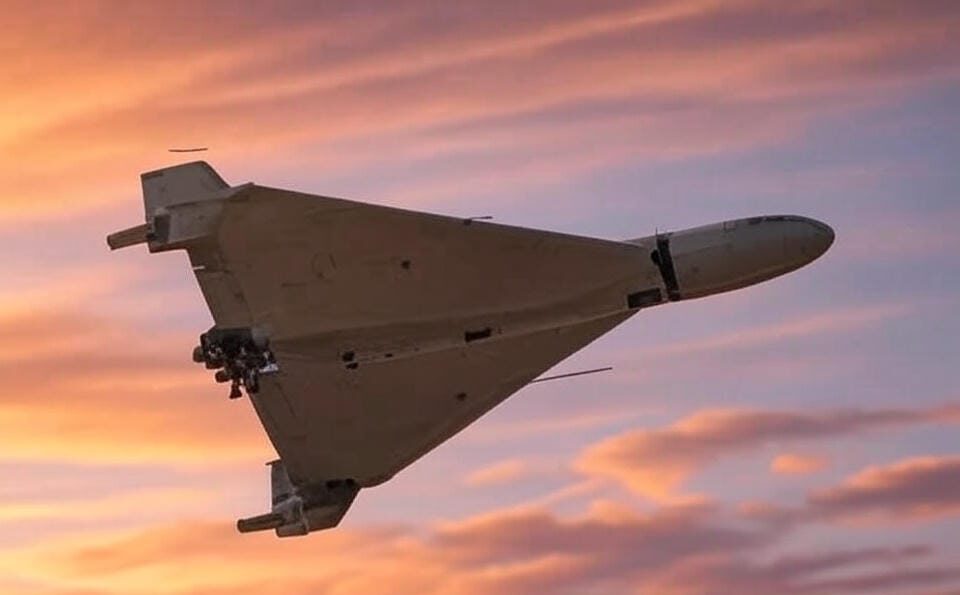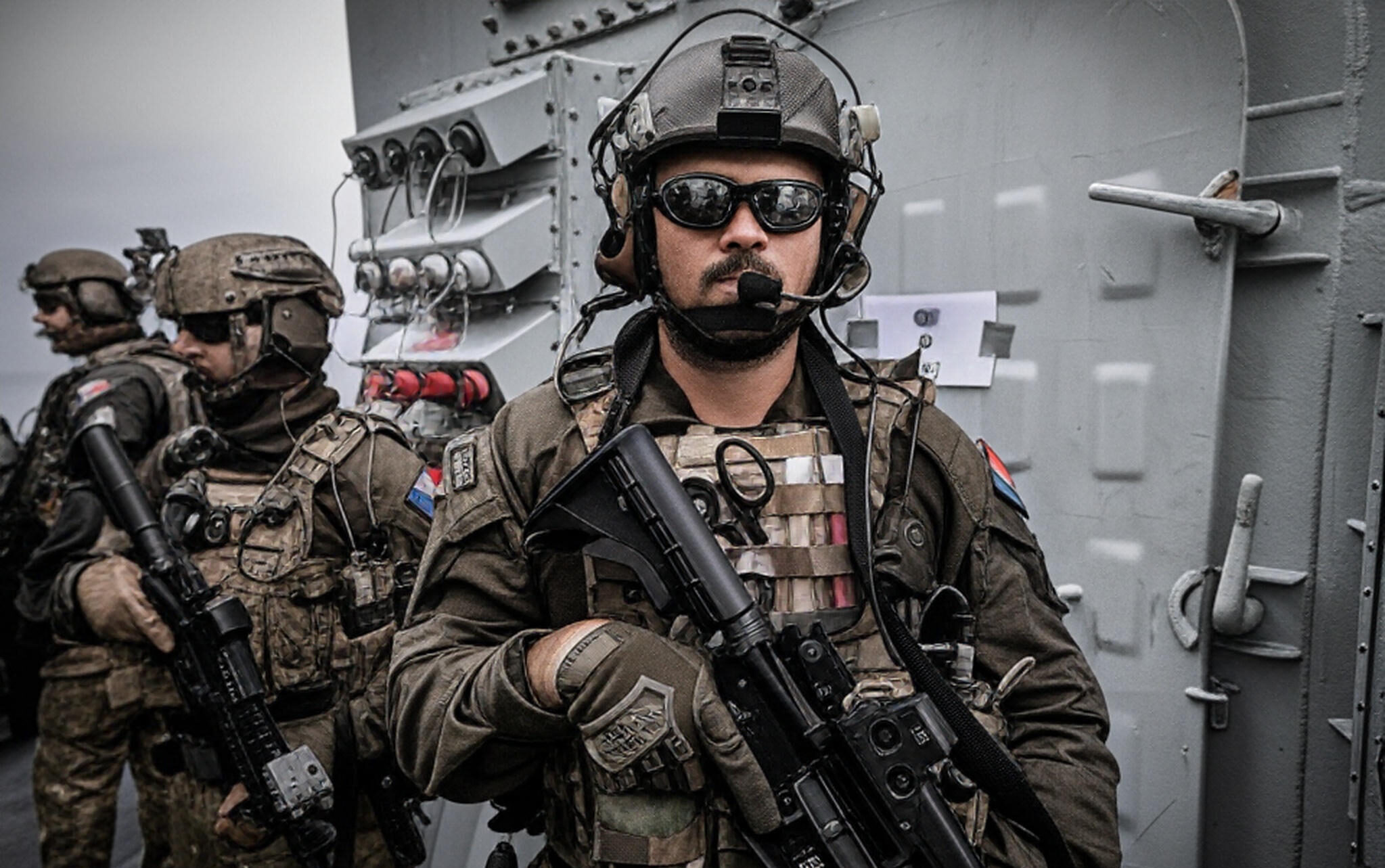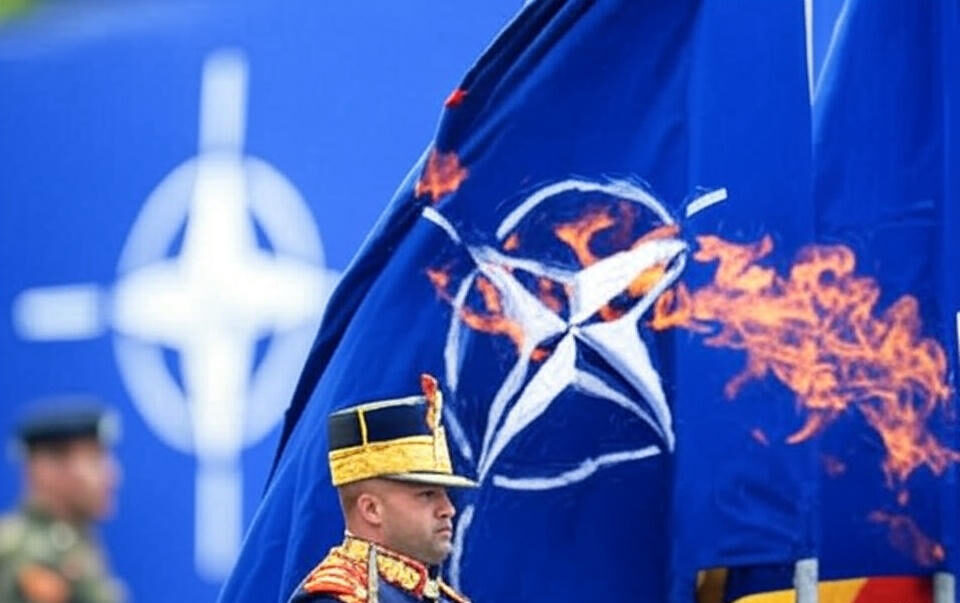
On September 13, 2025, Romania, a NATO member state, reported a Russian Shahed-type drone breaching its airspace, raising alarms about the potential spillover of the Russia-Ukraine conflict into allied territory. The incident, occurring near the Ukrainian border, underscores escalating regional tensions as Russian aerial operations intensify. This article examines the incursion, Romania’s response, and its geopolitical implications, offering a comprehensive overview for readers seeking clarity on this critical issue.
Incident Overview
Russian Drone Violates Romanian Airspace
On the evening of September 13, 2025, Romania’s Ministry of National Defence detected a Russian Shahed-type drone penetrating 10 kilometers into its airspace near Chilia Veche, a village along the Danube River bordering Ukraine. The drone lingered for approximately 50 minutes before exiting toward Ukraine. This marks a significant escalation, following a similar violation of Polish airspace earlier that week, indicating a pattern of Russian drones straying into NATO territory.
- Immediate Action: Romania deployed two F-16 jets from the 86th Air Base to intercept and monitor the drone, ensuring no immediate civilian threat.
- Official Condemnation: Defence Minister Ionut Mosteanu labeled the incursion “reckless,” emphasizing Romania’s commitment to territorial sovereignty.
Context of the Breach
The incursion coincided with intensified Russian attacks on Ukrainian infrastructure, particularly targeting Odesa’s ports and energy facilities. Ukrainian President Volodymyr Zelenskiy called it an “obvious expansion of the war,” noting Russia’s awareness of the drones’ paths. This incident reflects the broader challenge of Russian military activities testing NATO’s eastern boundaries, raising concerns about unintended escalations.
Romania’s Strategic Response

Military and Diplomatic Measures
Romania’s swift deployment of F-16s highlights its robust air defense capabilities and critical role in NATO’s eastern flank. The measured response—tracking without engaging—avoided escalation while asserting control. Mosteanu reiterated Romania’s alignment with NATO’s collective defense principles, stressing vigilance against Russian provocations.
- NATO Coordination: The incident prompted NATO consultations, with allied air forces, including German Typhoons, previously deployed from Romanian bases for air policing.
- Legislative Steps: Romania’s parliament recently approved laws allowing the military to neutralize unauthorized drones in peacetime, with implementation pending.
Public and Regional Reactions
The breach sparked significant concern, particularly in Romania’s border regions. Social media platforms like X saw users report mobile alerts near Chilia Veche and demand stronger NATO deterrence. Posts reflect growing anxiety about further escalations, with calls for enhanced regional security. The incident has fueled NATO discussions on bolstering air defenses and exploring diplomatic measures, though Article 5 has not been invoked.
Geopolitical Implications

Risks of Escalation
Romania, sharing a 650-kilometer border with Ukraine, has faced repeated incidents since Russia’s 2022 invasion, including drone fragments on its soil. The September 13 incursion underscores the risk of miscalculations that could trigger broader conflict, given Romania’s NATO membership and the alliance’s collective defense commitments. While no shots were fired, the incident highlights the fragility of regional stability.
NATO’s Strategic Posture
NATO has strengthened its eastern flank since 2022, increasing troop deployments, air defense systems, and surveillance in Romania and Poland. The recurring drone violations have spurred calls for enhanced air policing and potential sanctions on Russia. NATO’s cautious approach avoids direct confrontation but signals readiness to defend member states. Romania’s strategic importance as a hub for NATO operations continues to grow.
Regional Dynamics
Romania’s proximity to the conflict zone positions it as a critical NATO ally, hosting multinational battlegroups and aiding Ukraine with humanitarian and logistical support. The incursion highlights challenges in managing cross-border threats, particularly as Russian operations destabilize the region. Romania’s efforts to modernize its military, including recent investments in air defense, reflect its proactive stance in addressing these risks.
Future Outlook
The September 13 incident emphasizes the need for sustained vigilance in Eastern Europe. NATO and Romania are likely to prioritize advanced air defense systems, real-time surveillance, and rapid-response capabilities. Romania’s new drone-neutralization laws, once implemented, will enhance its ability to counter such threats. Diplomatically, Romania and NATO may push for stronger international condemnation of Russia’s actions through forums like the United Nations.
The incursion also underscores the broader challenge of maintaining stability amid Russia’s ongoing conflict with Ukraine. As NATO adapts, Romania’s role as a frontline defender of the alliance’s security will remain pivotal. The incident serves as a reminder of the delicate balance between deterrence and de-escalation, with Romania and its allies navigating a complex and volatile regional landscape.
In conclusion, the Russian drone incursion into Romanian airspace on September 13, 2025, represents a significant challenge to NATO’s eastern flank. Romania’s swift response and NATO’s coordinated efforts highlight their commitment to regional security. As tensions persist, continued investment in defense capabilities and diplomatic measures will be crucial to prevent further escalations and ensure stability in Eastern Europe.
[Word count: 800]





